In our Instagram-driven travel culture, destinations that photograph beautifully often receive disproportionate attention, regardless of their actual experiential value. Meanwhile, incredible places that don’t translate well to the small screen remain relatively unknown. These locations might lack the dramatic visual punch that performs well on social media, but they deliver profound travel experiences that no perfectly filtered photo could ever convey.
Here is a list of 20 remarkable destinations that remain relatively uncrowded precisely because their magic cannot be adequately captured through a camera lens.
Pu’uhonua o Hōnaunau, Hawaii

This ancient Hawaiian place of refuge contains powerful cultural significance and spiritual energy that simply doesn’t translate to photographs. The sense of reverence and historical weight felt while walking among the carved wooden ki’i figures and stone walls cannot be conveyed through images.
The invisible aspects—the shifting ocean breeze carrying traditional chants, the cultural context of this sanctuary where lawbreakers could receive absolution—create an experience far richer than any visual representation suggests.
Waitomo Glowworm Caves, New Zealand
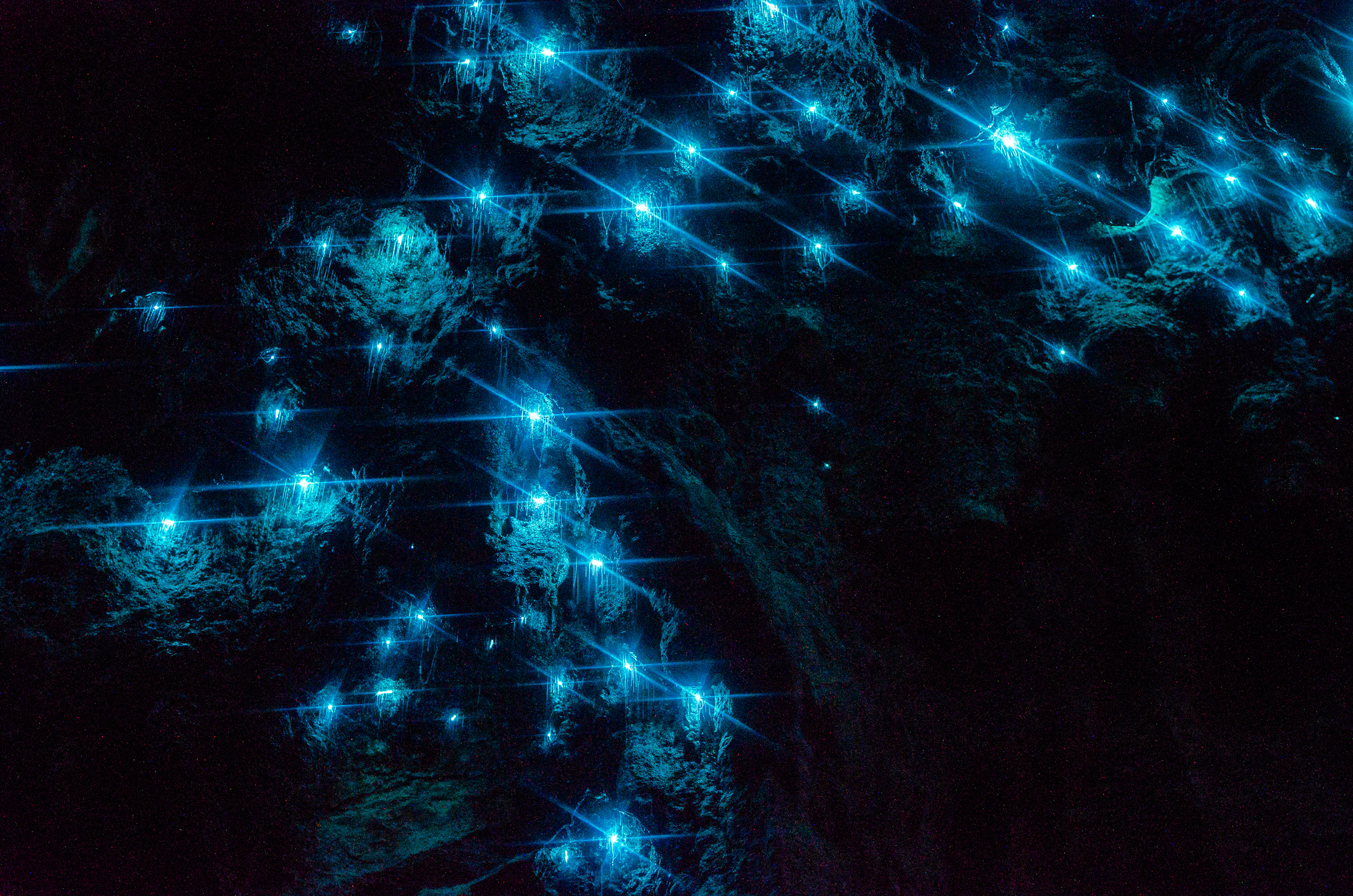
While promotional materials show long-exposure shots of glowing blue ceilings, these images bear little resemblance to the experience of floating silently through dark caves beneath thousands of bioluminescent insects. The camera fails to capture the meditative quality of gazing upward in perfect darkness as tiny living lights create an organic replica of the night sky.
The experience engages all senses—the cool, damp air, the acoustics of water dripping into pools, the hushed reverence of fellow travelers—none of which registers in photographs.
Like Travel Pug’s content? Follow us on MSN.
Fez Medina, Morocco
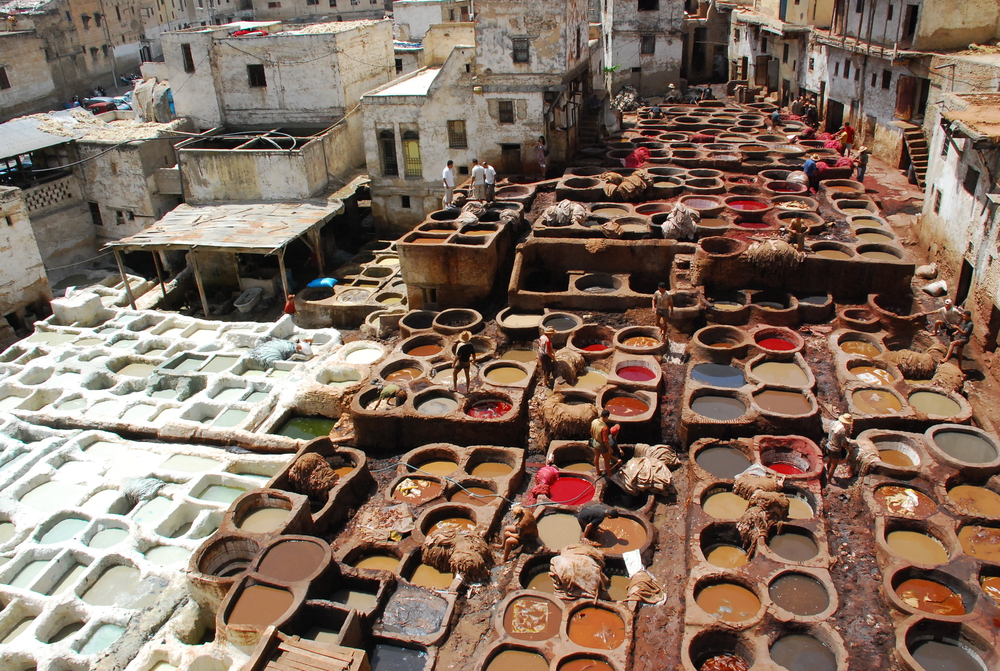
The labyrinthine medieval streets of this ancient city create an immersive sensory experience that defies photographic representation. The narrow alleyways, some barely shoulder-width, compress the experience into something intensely intimate that wide-angle lenses cannot reproduce.
The medina engages all senses simultaneously—calls to prayer echoing off walls, the aroma of spices and tanned leather, the tactile experience of navigating centuries-old passages—creating a four-dimensional experience that flat images fail to convey.
Waipio Valley, Hawaii

This sacred valley on Hawaii’s Big Island appears in photos as merely another tropical landscape, but standing on its black sand beach delivers an overwhelming sense of power and isolation. The sheer cliffs rising 2,000 feet on three sides create an acoustical phenomenon where ocean waves reverberate and amplify, producing an immersive natural soundscape.
The valley’s cultural significance to Native Hawaiians adds additional layers of meaning that remain invisible to the camera but palpable to respectful visitors.
Carlsbad Caverns, New Mexico

While photographers can capture the scale of the main chambers, the subtle textures and otherworldly formations lose their impact in images. The constant 56-degree temperature, the absolute stillness of the air, and the profound silence interrupted only by occasional water drops create an environment unlike anything above ground.
The daily bat exodus at dusk—where hundreds of thousands of bats spiral out of the natural entrance—happens in low-light conditions that defeat most cameras but mesmerize in-person observers.
Like Travel Pug’s content? Follow us on MSN.
Kaziranga National Park, India
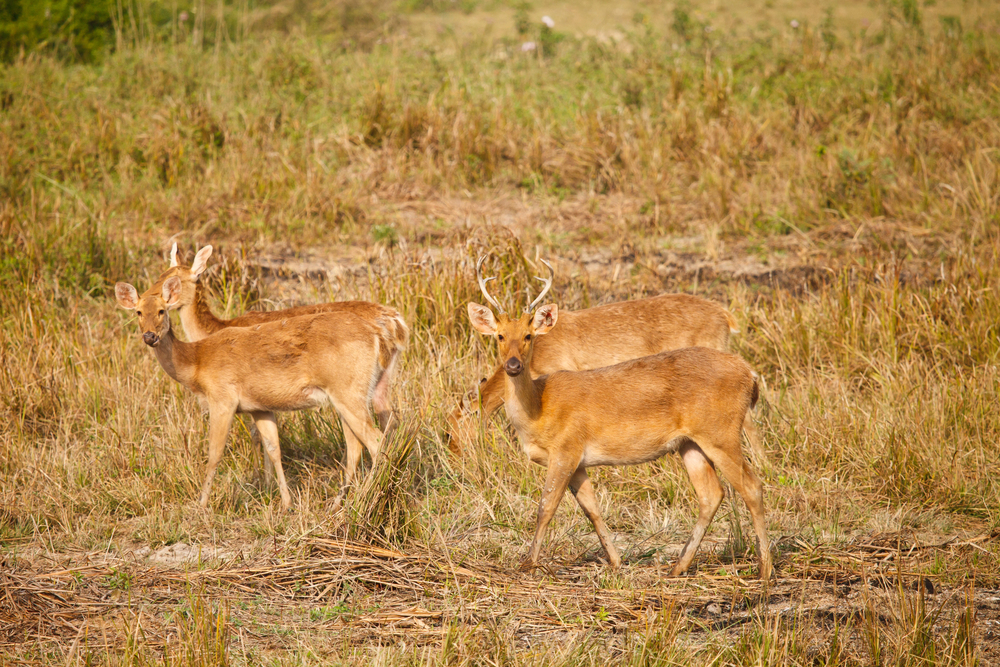
This UNESCO World Heritage site hosts two-thirds of the world’s one-horned rhinoceroses yet remains far less famous than African safari destinations. The tall elephant grass that covers much of the park makes wildlife viewing an exercise in patience and skilled tracking rather than guaranteed photographic opportunities.
The experience of moving slowly through grasslands on an elephant’s back, using all senses to detect the presence of nearby wildlife, creates a connection to the environment that static images cannot convey.
Skellig Michael, Ireland
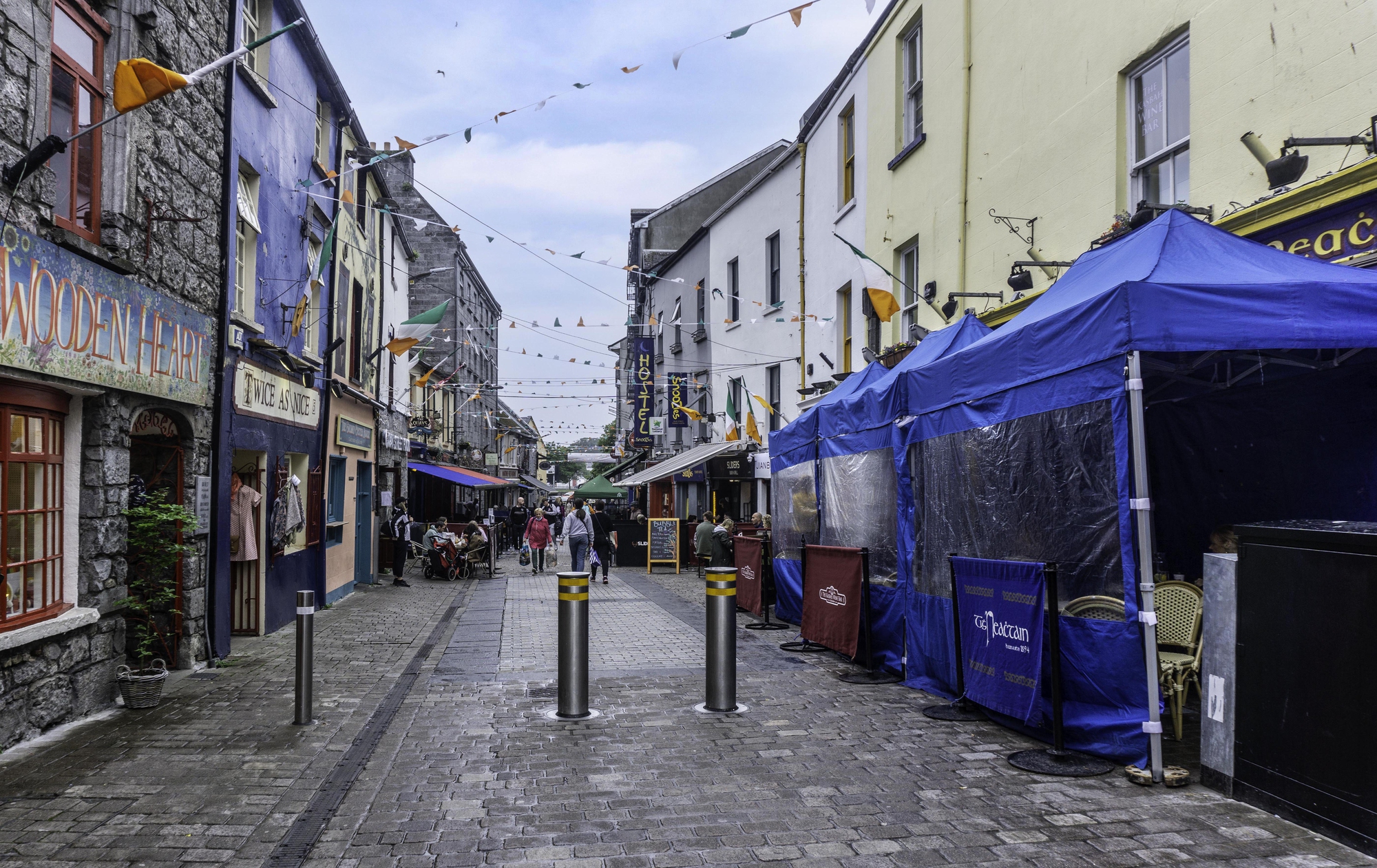
This remote island monastery appears in distant shots as little more than a rocky outcrop, while close-ups of its stone structures fail to communicate its extraordinary setting. The physical journey—a rough boat ride followed by climbing 600 ancient stone steps without railings—transforms visitors through effort and exposure to the elements.
The sense of isolation and spiritual purpose that moved medieval monks to establish a community in such a challenging location becomes apparent only through direct experience, not through photographs.
Vatnajökull Ice Caves, Iceland
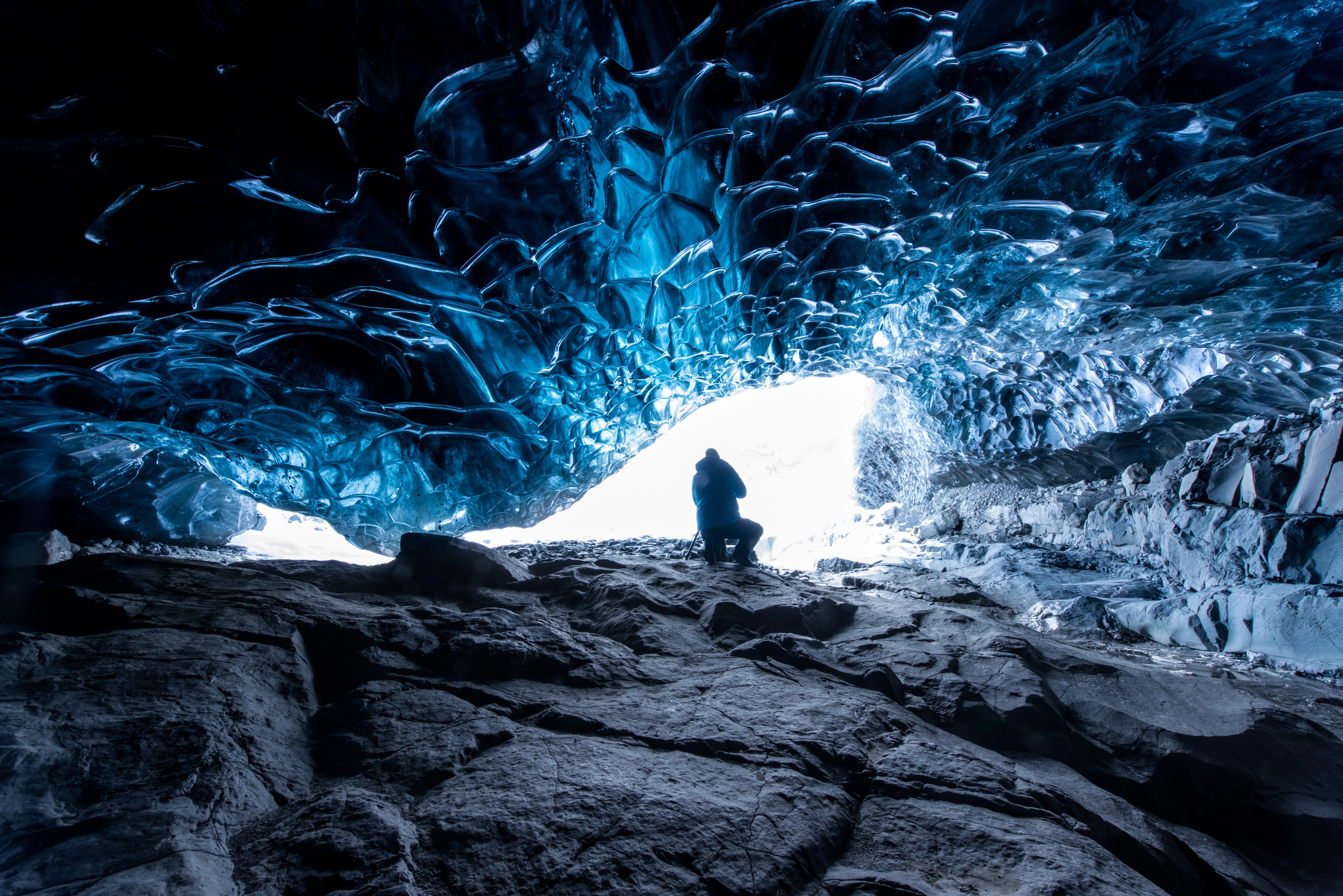
While blue ice caves produce striking images, photographs flatten the multisensory experience of standing inside a glacier. The subtle sounds of flowing water beneath translucent ice, the varying temperatures as you move deeper inside, and the knowledge that you’re witnessing a fleeting natural phenomenon add dimensions no image can reproduce.
The caves change shape throughout the season and eventually collapse, making each visit unique and temporary in ways that static photographs cannot communicate.
Like Travel Pug’s content? Follow us on MSN.
Boiling Lake, Dominica
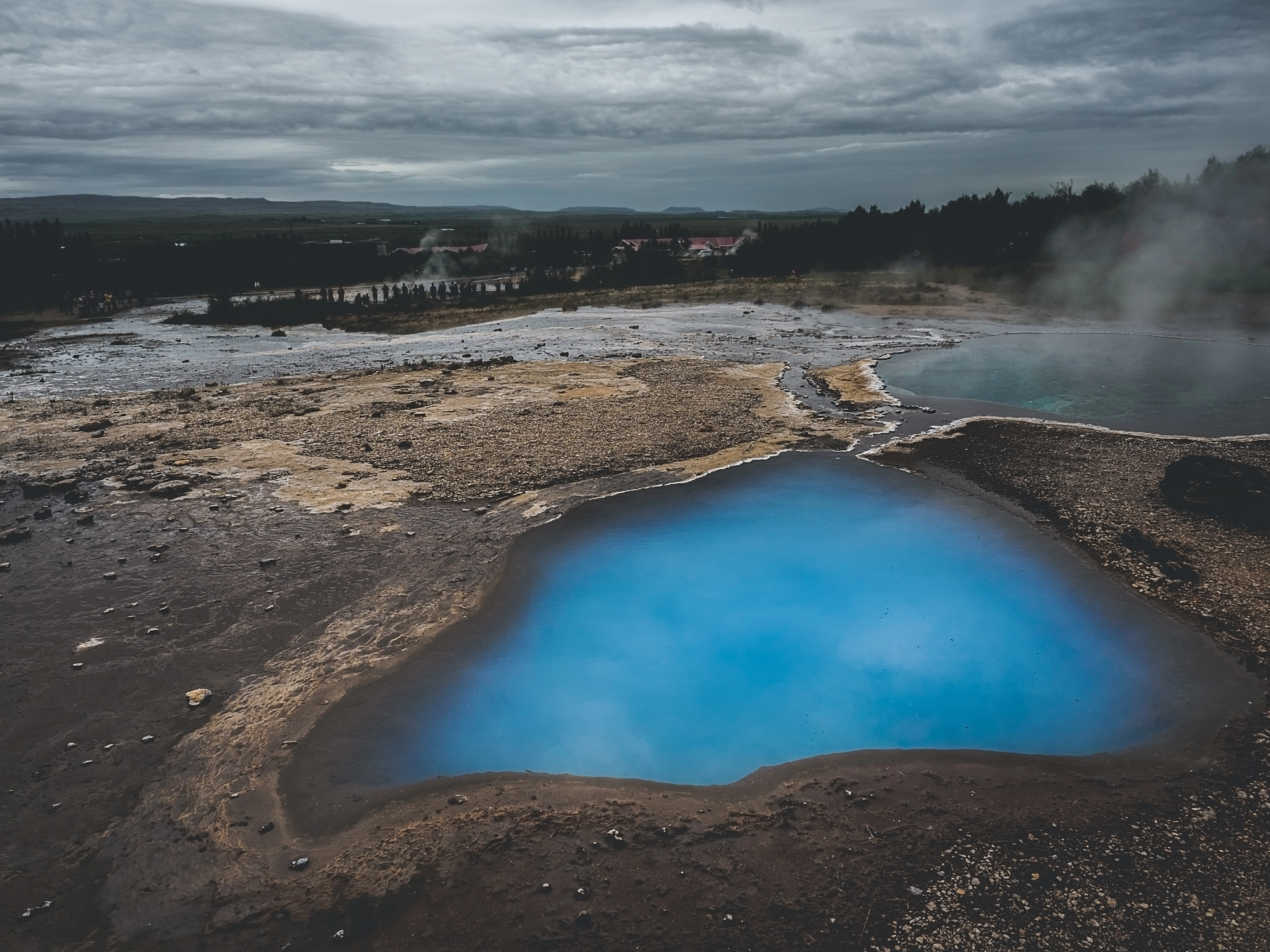
This flooded fumarole appears in photos as merely a misty pond, completely understating its unique nature as one of the world’s largest active boiling lakes. The challenging six-hour round-trip hike through rainforest and volcanic landscapes becomes part of the experience, creating a journey where the destination makes sense only in the context of the effort required to reach it.
The constantly changing patterns of steam, the sulfurous smell, and the rumbling sounds from beneath the earth’s crust create an otherworldly atmosphere cameras cannot capture.
Luang Prabang Alms Giving, Laos

This daily ritual, in which Buddhist monks collect their morning meal from kneeling locals, produces images that appear staged or touristic, failing to convey their genuine spiritual significance. The ceremony begins before dawn, with unique lighting conditions that cameras struggle to handle without making the scene appear artificially lit or unnaturally dark.
The respectful silence, the deliberate movements of both monks and almsgivers and the sense of witnessing a living cultural tradition rather than a performance make this experience meaningful in ways photographs cannot express.
Monteverde Cloud Forest, Costa Rica

The defining characteristic of this ecosystem—clouds drifting through the forest canopy—creates photography challenges that result in images showing either washed-out white fog or standard jungle scenes. The subtle experience of moisture condensing on every surface, the constantly shifting light as clouds move through, and the heightened sounds of hidden wildlife create an atmosphere of mystery and discovery.
The biological richness—with more orchid species than anywhere else on earth, many too small for casual photography—rewards close, patient observation rather than quick snapshots.
Like Travel Pug’s content? Follow us on MSN.
Yosemite Valley in Fog, California

While clear-day shots of Yosemite’s landmarks appear on countless calendars, the valley transformed by fog creates an entirely different experience that rarely photographs well. The way fog isolates individual trees and rock formations from their surroundings, revealing details normally lost in the grandeur of the complete landscape, rewards in-person viewing.
The constantly changing visibility as fog banks move through the valley creates a dynamic experience where famous features appear and disappear, playing hide-and-seek with observers in ways static images cannot reproduce.
Varanasi Ghats, India
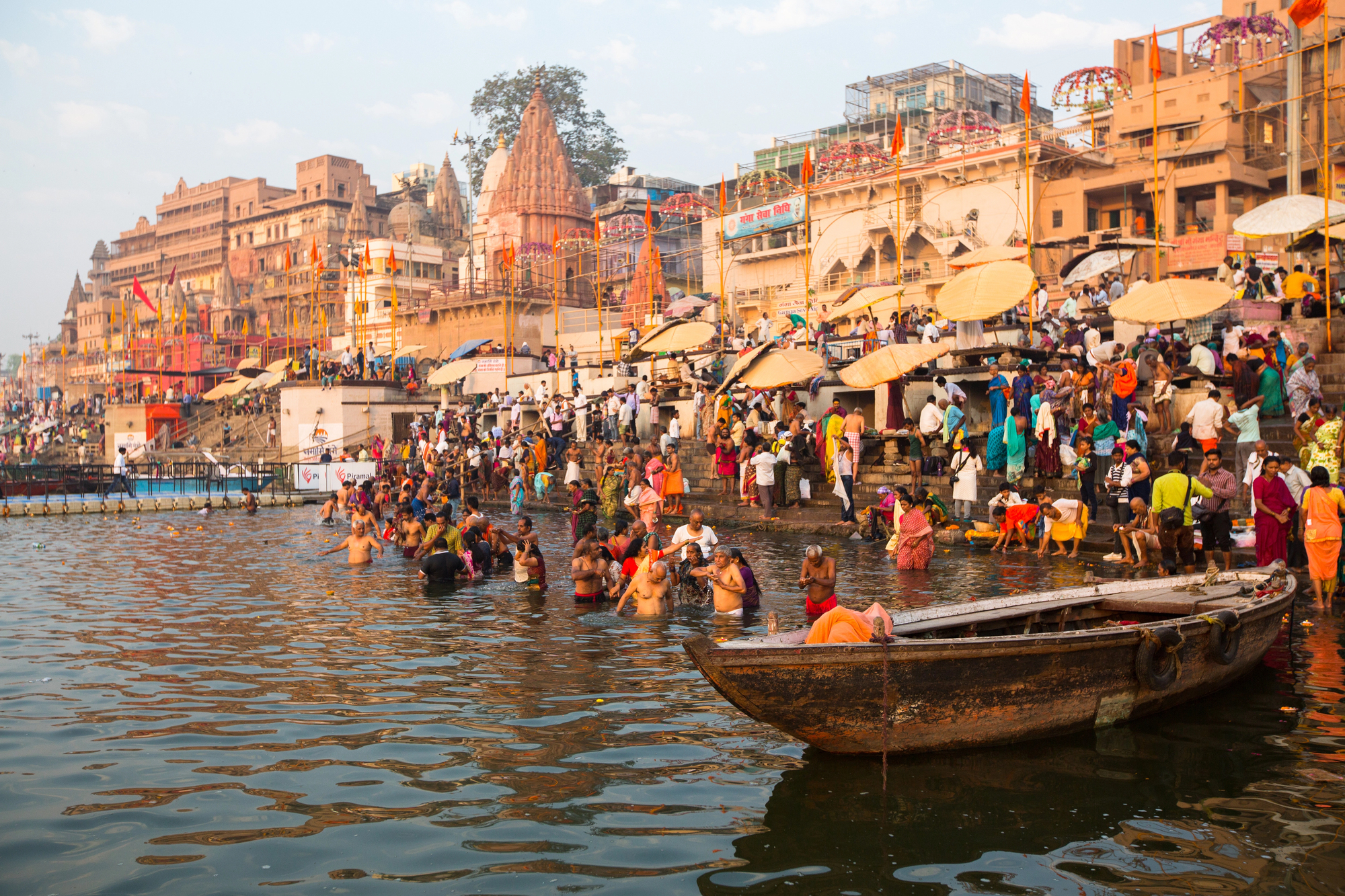
The spiritual energy of India’s oldest living city centers around ritual bathing and cremation ceremonies along the Ganges River. While photogenic from a distance, the profound experience of witnessing life and death rituals happening side by side creates an emotional and philosophical impact no image can convey.
The sensory dimensions—sacred chants mixing with everyday conversations, the scent of incense and sandalwood, the texture of ancient stone steps polished by millions of feet over centuries—contribute to an atmosphere that defies visual representation.
Valle de Cocora, Colombia

The famous wax palms rising from misty valleys create a distinctive landscape, but photographs flatten the extraordinary verticality that makes this place special. Standing among trees stretching over 200 feet tall creates a sense of scale and proportion that wide-angle lenses distort rather than capture accurately.
The constantly changing weather conditions—sunshine giving way to mist and light rain, sometimes within minutes—create a dynamic environment where each moment offers a different experience of the same landscape.
Like Travel Pug’s content? Follow us on MSN.
Jiuzhaigou Valley, China
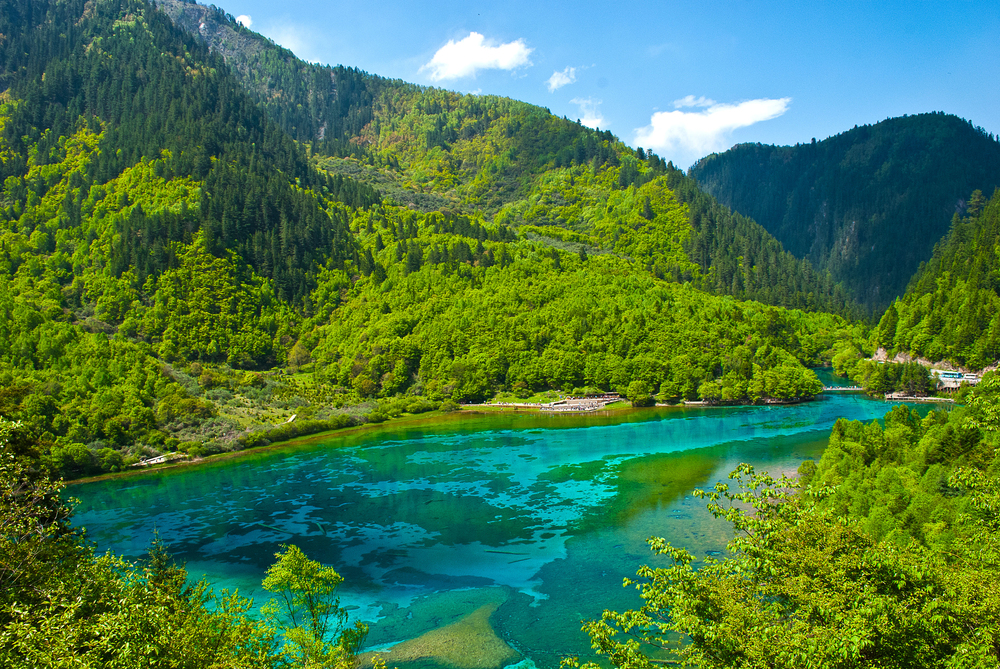
This national park features lakes of such extraordinary clarity and color that photographs are routinely accused of being digitally enhanced, causing expectations that sometimes lead to disappointment when images don’t match reality. The experience depends on specific light conditions, viewing angles, and seasonal factors that align unpredictably.
The valley rewards extended observation as changing light throughout the day transforms watercolors from turquoise to deep blue to emerald green in ways camera sensors struggle to differentiate.
Batu Caves, Malaysia

The massive Hindu temple cave complex appears in photos as either a colorful staircase or a dimly lit cavern, neither capturing the contrast that makes visiting so impactful. Moving from intense tropical sunshine into cool, dark caves creates a sensory transition that photography flattens by compensating for different light conditions.
The constant activity—religious ceremonies, macaque monkeys patrolling for offerings, the physical exertion of climbing 272 steps—creates an environment where still images capture only isolated moments from a continuous, immersive experience.
Plitvice Lakes in Winter, Croatia
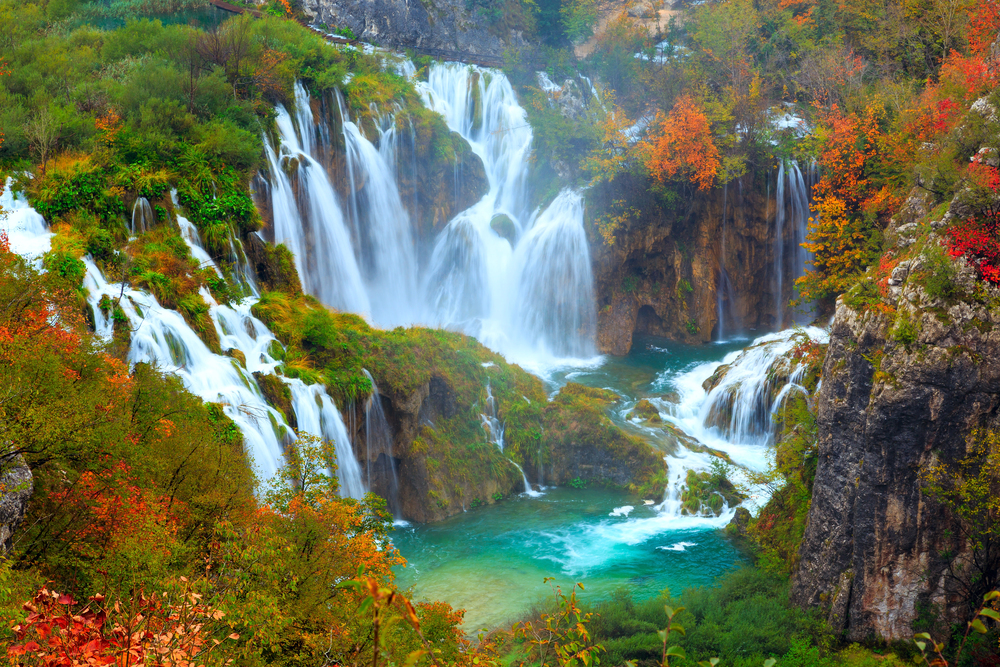
While summer photos of these tiered lakes and waterfalls circulate widely, the frozen winter landscape remains relatively unknown despite its extraordinary beauty. The transformed environment—waterfalls suspended in mid-flow as ice formations, frozen bubbles trapped beneath transparent ice surfaces—creates subtle visual details that close observation rewards but photography often misses.
The profound silence of a snow-covered forest, interrupted only by the creaking of ice and distant water movement, creates an atmospheric quality completely absent from images.
Like Travel Pug’s content? Follow us on MSN.
Redwood Forests, California

The world’s tallest trees create a photographic paradox: wide-angle shots show scale but lose detail, while detail shots lose scale. Standing among living organisms so ancient and massive creates a psychological effect sometimes called “the overview experience”—a shift in perspective about humanity’s place in time and nature.
The forest’s cathedral-like acoustics, where sounds seem simultaneously dampened and amplified, and the quality of light filtering through multiple layers of canopy create an atmosphere that exists beyond the visual spectrum.
Cave of Swallows, Mexico
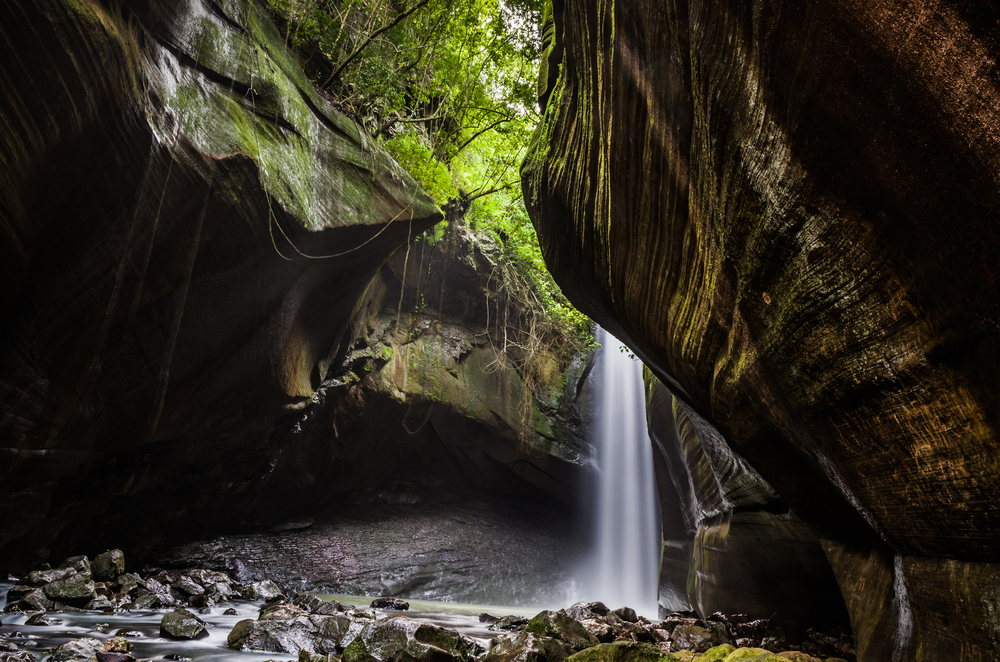
This enormous open-air pit cave—deep enough to fit the Statue of Liberty—completely fails to convey its vertigo-inducing scale. The daily exodus of thousands of swifts spiraling upward at dawn creates a living tornado of birds that lasts over an hour but appears in photos as merely specks against stone.
The acoustics of bird calls echoing within the chamber and the shifting patterns of light as the sun moves across the opening create a multidimensional experience that static images cannot reproduce.
Mont St-Michel at High Tide, France
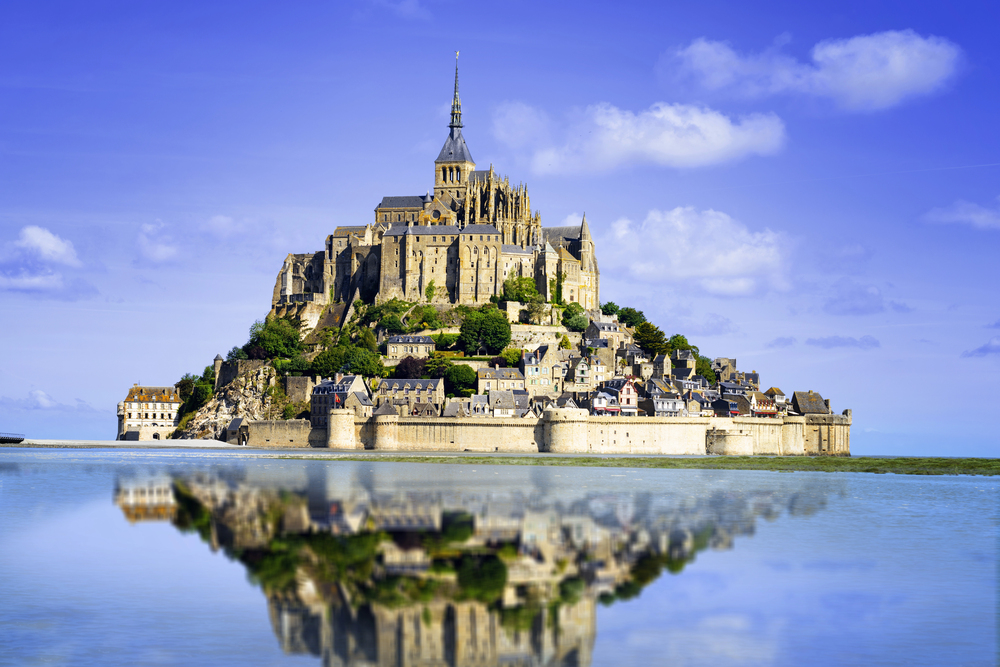
While the island abbey produces iconic images at low tide or from a distance, the experience of watching the rising tidal waters completely surround the mount—transforming it from peninsula to island in just hours—creates a temporal dimension absent from photographs.
The speed and power of what’s called “the galloping tide” rushing across the bay faster than a running man produces both visual drama and an underlying tension as walking routes disappear beneath advancing water. This dynamic transformation of an accessible landscape into an isolated island demonstrates nature’s power in ways single images cannot convey.
Like Travel Pug’s content? Follow us on MSN.
Beyond the Frame

These extraordinary destinations remind us that travel’s most profound experiences often transcend visual documentation. They offer something increasingly valuable in our image-saturated world: moments that must be personally experienced to be fully appreciated.
In places where photography fails to capture reality, we’re forced to abandon the impulse to document and simply exist within the experience—perhaps the most authentic form of travel possible. These destinations reward the traveler willing to put down the camera and engage with the place through all available senses, collecting memories that remain richer and more nuanced than any photograph could ever be.
More from Travel Pug

- Cities Growing so Fast You Won’t Recognize Them in 10 Years
- 13 Destinations Where Tourists Regularly Regret Their Trip
- 20 Obscure WWII Sites Even History Buffs Don’t Know About
- 10 Under-the-Radar Mountain Towns That Are Both Affordable and Beautiful
- Remote Villages in Europe Where You Can Live for Free in Exchange for Work
Like Travel Pug’s content? Follow us on MSN.
